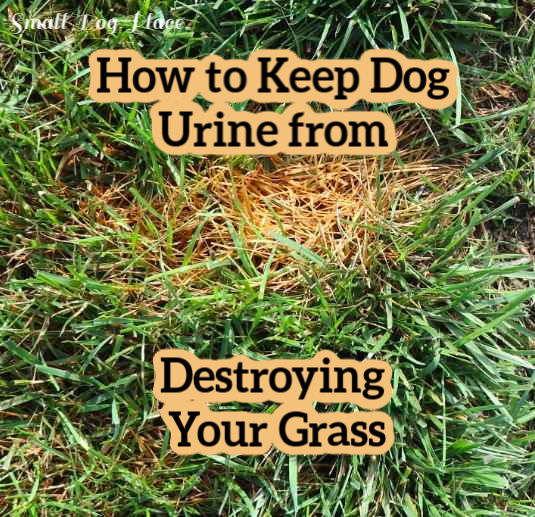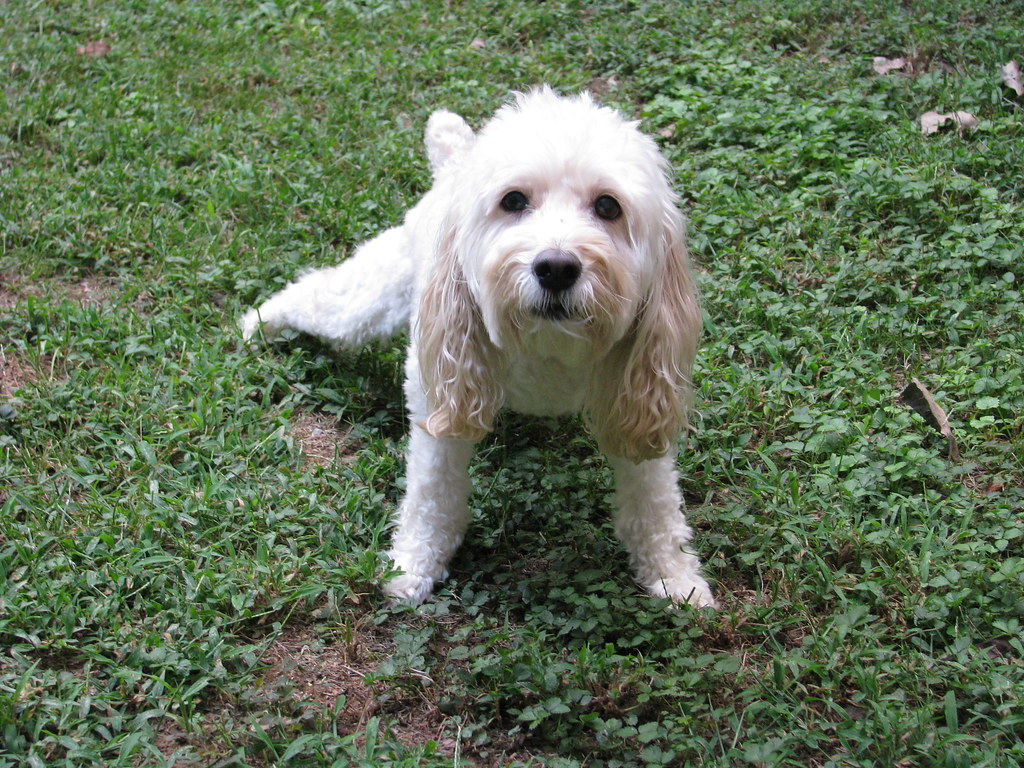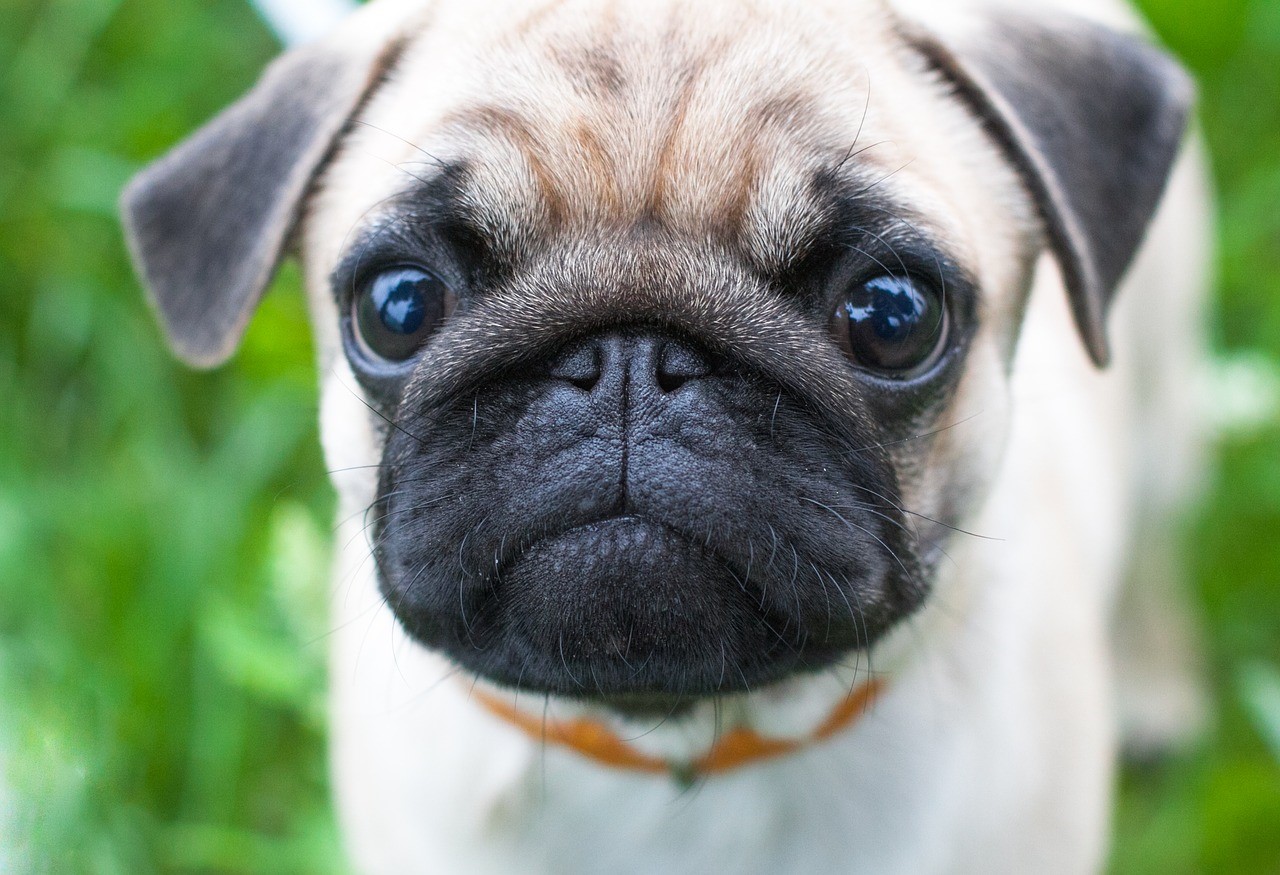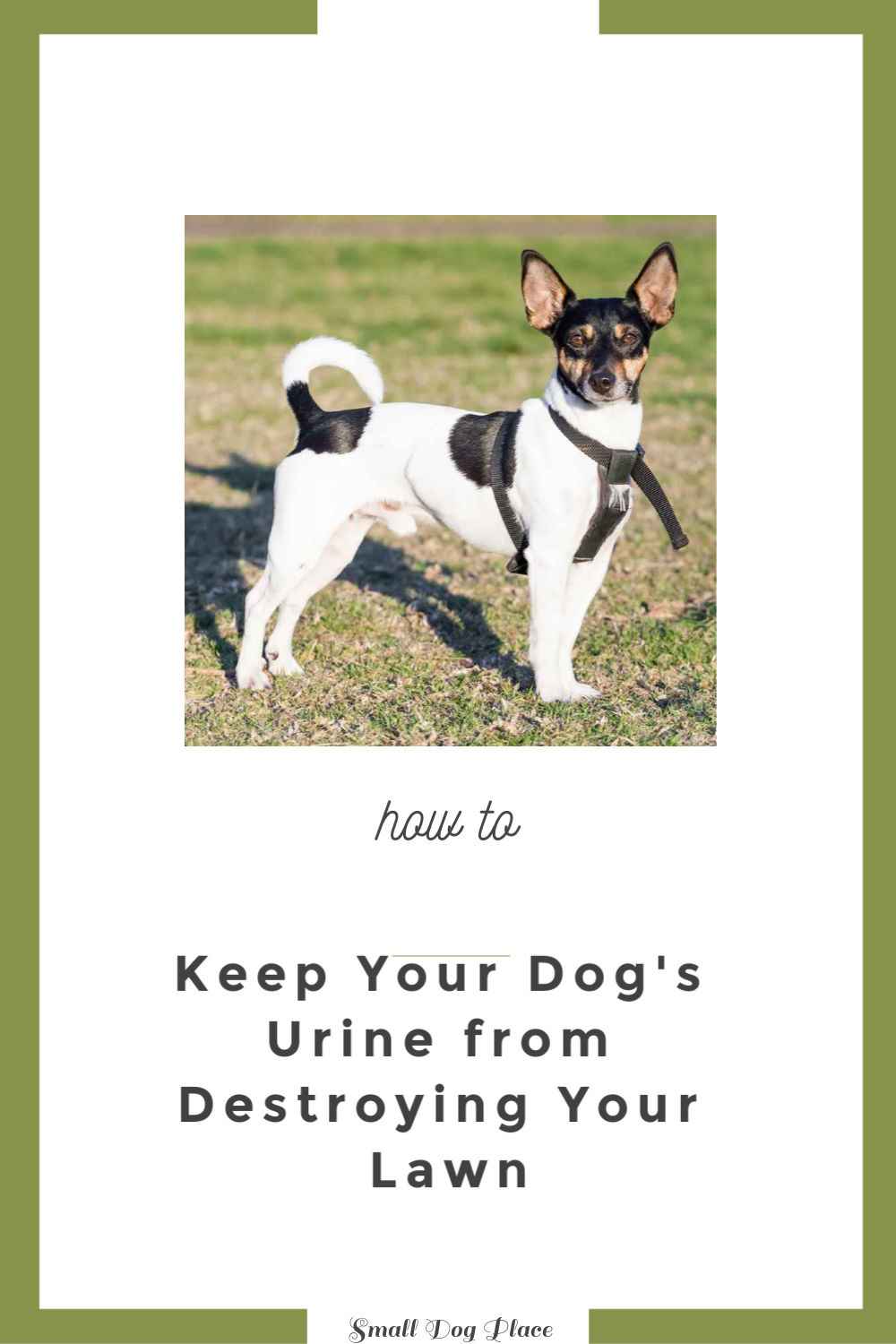- Small Dog Place Home
- Decorating and Cleaning Tips
- Dog Urine Damage
How to Remove Dog Urine Damage from Your Lawn
Dog Urine Damage By Sheri Wallace
Three things dog owners can't avoid: death, taxes, and urine spots on the lawn. It’s true whether you have a big pooch who spends most of his time in the yard or a house pup that goes out only when nature calls. Left untreated, those wee-wee spots can take a toll on your lawn, but you can minimize the damage.
 Dog Urine can cause unsightly damage to an otherwise lovely lawn.
Dog Urine can cause unsightly damage to an otherwise lovely lawn.Dog pee is the subject of misconceptions, myths, and false information. The bottom line is that urine stains are the result of the high nitrogen content in dog pee, which shows up as brown spots in the grass. You can't blame all brown patches on the dog. If you have a lot of patches, it’s a good idea to check your grass for diseases.
Steps to Reduce or Eliminate Dog Urine Damage
If urine is the culprit, you can take steps to get rid of the stains.
Keep Your Lawn Watered
First, keep your lawn watered. Water will dilute the nitrogen content, so the urine doesn't burn the grass. If you water the yard to a depth of a couple of inches per week through rain and irrigation, stains are less likely to appear.
Many dogs have favorite spots to do their business, so give those areas a little extra water with the garden hose. If you catch Fido in the act, have a sprinkler can with water handy, so you can act immediately.
The quicker you can dilute the urine, the more successful you’ll be. Nitrogen is an ingredient in most lawn fertilizers, so if your buddy has a favorite pee spot, reduce the amount of fertilizer you apply there — or skip it altogether.
 Diluting the pee with water soon after your dog goes will help eliminate some of the burns.
Diluting the pee with water soon after your dog goes will help eliminate some of the burns.Keep Your Dog Hydrated
Have plenty of fresh water available for your pet. The more water a dog drinks, the more diluted his urine content will be, which makes it less likely to stain the lawn. Dogs, indoors or out, should drink plenty of water anyway to avoid health problems.
Replant if Necessary with Fescue or Ryegrass
In severe cases where urine has killed grass, you’ll have to re-plant. Fescue and ryegrass are more tolerant of urine than Bermuda and Kentucky bluegrass.
Apply Yard Applications
You’ll find yard applications such as See Spot Run and Naturvet Grass Saver at pet stores and online. Many of these products contain gypsum or microbes, which, manufacturers say, can reduce damage and lead to better grass growth.
 Look for Yard Applications that are safe around pets.
Look for Yard Applications that are safe around pets.See Spot Run Eliminate Yellow Spots On Your Lawn Caused by Dog Urine | All-Natural, Safe for Pets and Humans | Made in The USA | Ready-to-Mix Gallon (32 oz)
Supplements for Dogs
You will also find pills and diet supplements that claim to neutralize the harmful components of urine, but these are controversial. Skeptics say they may threaten your dog’s health, and they really do little to solve the problem.
The Colorado State University Extension Service warns, “Products advertised to ‘naturally’ reduce urine alkalinity … may cause urinary system problems and can affect calcium deposition in growing bones of younger dogs.” You may be wasting your money and hurting your dog in the process.
Create an Outdoor Doggie Bathroom
One solution is to create a doggie bathroom outdoors. Pick an inconspicuous spot and fill it with gravel or non-toxic mulch and then train Bowser to go there. It may take time for him to get the idea, but even older dogs can learn new tricks. And it beats following him around with a garden hose or watering can!
Author Bio
Sheri Wallace, author of How to Remove Dog Urine Damage from Your Lawn is a dog trainer who also owns a doggie bath and grooming business. When she’s not working with dogs, you’ll find her in her backyard gardening alongside her Siberian husky and pug.
About Janice (author and voice behind this site)
Having lived with dogs and cats most of her life, Janice served as a veterinary technician for ten years in Maryland and twelve years as a Shih Tzu dog breeder in Ohio.
Her education includes undergraduate degrees in Psychology with a minor in biology, Early Childhood Education, and Nursing, and a master's in Mental Health Counseling.
She is a lifelong learner, a dog lover, and passionate about the welfare of animals. Her favorite breed for over 50 years has been the Shih Tzu, but she has also lived with Poodles, Maltese, Yorkshire Terriers, Beagles, English Bulldogs, Carin Terriers, and a Cocker Spaniel.
When not writing, reading, and researching dog-related topics, she likes to spend time with her eight Shih Tzu dogs, husband, and family, as well as knitting and crocheting. She is also the voice behind Miracle Shih Tzu and Smart-Knit-Crocheting
Does This Article Deserve Your Thumbs Up?
We always appreciate your support and encouragement. Your thumbs up means so much to us. Please like this article.
If you find this page or any page on Small Dog Place Helpful, or useful in anyway, I'd love it if you would click the small heart found on the bottom right of each page.
You can also share or bookmark this page -- just click on the:

Free Monthly Newsletter
Sign Up for Our Free Newsletter and get our Free Gift to You.
my E-book, The Top 10 Mistakes People Make When Choosing a Dog (and how to avoid them)


